Nature-Based Solutions can and often do provide an impressively large set of socio-ecological benefits. But the expectations that they can fast-fix, or even mask, the deeper socio-political urban troubles behind desires for eternal and “green” economic growth are largely unfounded and bound to disappoint.
You might wonder what these seemingly unrelated programs have in common. Nature-Based Solutions (NBS), what these interventions have come to represent, is a term with varied meanings, perhaps still in flux. The European Commission (2015) defines NBS as actions inspired or supported by nature, while IUCN (Cohen-Shacham et al. 2016) delimits NBS to projects that protect, sustainably manage, and restore natural or modified ecosystems (thus focusing more on biodiversity and social development aspects). NBS mark a surge in planners’ interest in urban greening, especially with the prospect of climate and biodiversity havoc looming close and large (IPBES 2019, IPCC 2014). In a wave of rising demand for urban renaturing, we were part of a team of six universities, located across Europe that conducted an in-depth study of more than fifty NBS in 18 world cities (Kiss et al. 2019). The study attempted to cover a diversity of geographies, and pin down innovative responses to urban sustainability challenges, while noting barriers and contestations along the way (www.naturvation.eu). We have looked into various types of NBS, including diverse plans and strategies for urban greening, comprising: parks, urban forests and greenways; eco-districts; urban gardens; green buildings and roofs; insect-based interventions; water- and river-fronts; and measures dealing with water scarcity. Insights from two years of work are plentiful.
First and foremost, one factor that intersects with the scale and extent of greening in urban areas has to do with the old urban-sprawl-versus-urban-densification conundrum. On the one hand, urban sprawl consumes more undeveloped land (including that used for formal or informal agriculture). Recently built districts with sustainability features such as Leidsche Rijn in Utrecht, Park Marianne in Montpelier, or the Ecocity in Tianjin are “NBS in the sprawl”. Yet urban sprawl consumes rather than produces (more) nature. Densification on the other hand is meant to prevent the extension of urban limits to peripheral pristine and “natural” space. Yet, densification reduces the type and amount of green space and urban nature available for residents and can conflict with land use regulations and priorities. In the case of Leipzig, for example, planting more trees is especially challenging in residential areas where vegetation siting has not been incorporated into the design of existing infrastructure, and clashes with the needs of transport, parking, water sanitation, and the provision of electricity. That said, on the ground many cities strategically opt for “green densification” in combination with “green sprawl”, an agenda fostered by the prevalent logic and imperative of eternal economic (and consumption) growth (Colenbrander 2016).
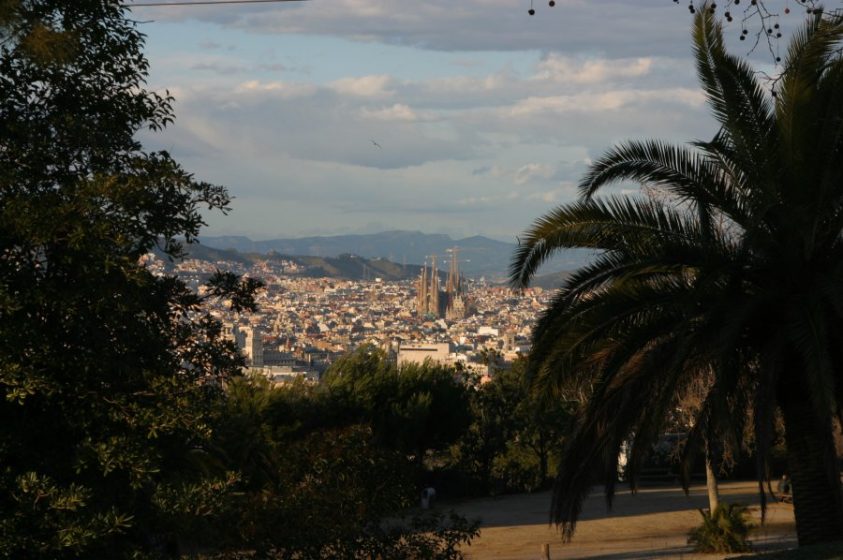
“Green” urban sprawl
Overall, most newly developed sprawling districts that incorporate NBS measures lack comprehensive participation processes. Examples include Utrecht’s Leidsche Rijn neighbourhood, Montpellier’s Parc Marianne building district and Tianjin’s Ecovalley. In the cases of Little France Park in Edinburgh and Two Rivers Urban Park in Cape Town, competing interests (real estate construction versus expansion of greening) resulted in an unsatisfactory or mechanistic participation process for those stakeholders with less institutional power. A perceived sense by citizen groups that proposed urbanization/NBS would go ahead regardless of public consultations has been particularly visible in Newcastle’s public parks planning, the new management plan of Barcelona’s Collserola natural zone, and in Athens’ newly planned Hellenikon Park. Generally, technical plans and (green) strategies tend to reach the public at advanced stages of development, through short-term advice and in formats that are not easy the public to digest. Furthermore, access to participation is often biased toward legally established groups.
Even worse, rather than contributing to climate resilience, biodiversity preservation, air quality, public health, and social justice, NBS interventions might actually facilitate the sprawl of new grey development and infrastructure. In Hellenikon (Athens) and Tolka Valley Park (Dublin), for instance, extensive new real estate development was needed for the NBS to realize their full potential. In addition, the flood alleviation schemes implemented in several of our cases have paved the way for new development, or made existing real estate more sustainable, attractive and thus more expensive (i.e., Newcastle Brunton Park Flood Alleviation Scheme, and Utrecht Leidsche Rijn neighbourhood).
One major concern is the inclusivity of eco-districts. In Montpellier’s Parc Marianne Eco-district, for example, a park-side real estate costs twice as much as similar housing elsewhere. In the Tianjin Eco-district, although 10% of the planned housing is supposed to be “affordable”, there is little prospect for blue collar jobs, as the proposed industries within the eco-city are mainly geared towards the so-called high-tech and creative class.
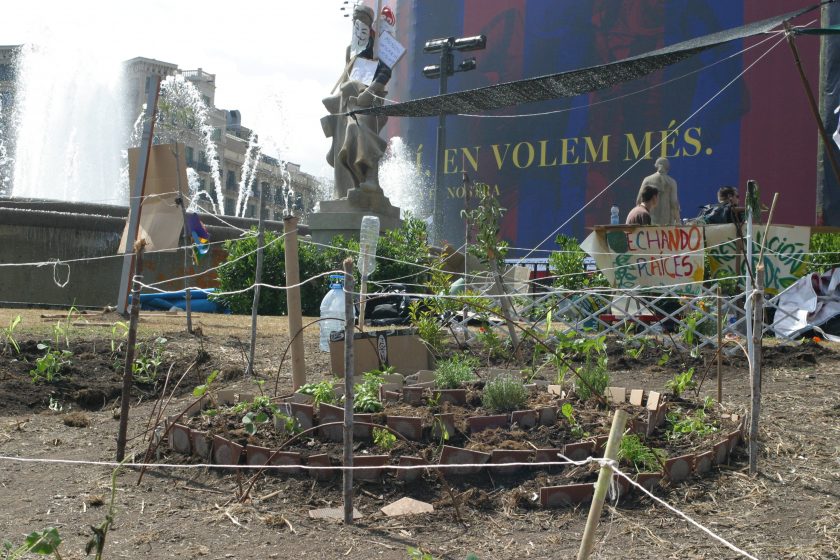
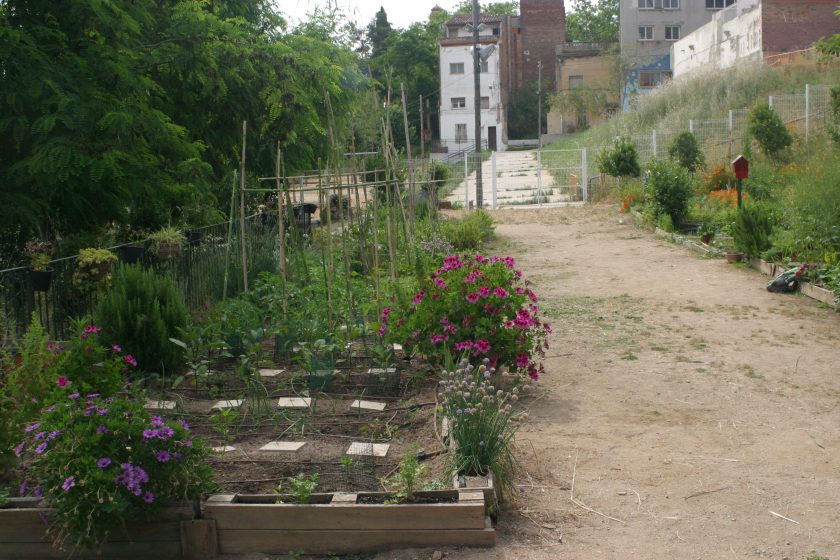
“Greening” urban densification
One example of the green densification trend is the conversion of former rail corridors within the city core into new parks and greenways. Boston’s Greenway, Winnipeg’s Northeast Pioneers Greenway, and Parkbogen Ost in Leipzig are just a few examples that the Naturvation project examined. Another pattern of NBS in dense urban set-ups are insect-oriented initiatives, such as the John Muir Pollinator Way and the Square Meter for Butterflies in Edinburgh, the bee-keeping practices in Győr’s Audi Factor and in the urban centres of Newcastle and Sofia. Likewise, the role and greening potential of “free” or “derelict” urban spaces and fringes is remarkable, especially in contexts of crises and austerity.
While expanding urban “nature” is fundamental for public health, well-being or/and climate change adaptation, green densification can be expensive, and hence exclusive. Green roofs, for example, often enhance the attractiveness and appeal of buildings. The management and maintenance efforts and costs these entail, however, are high and frequently underestimated. Greened avenues tend to reconfigure local economies, attracting residents with higher purchasing power and associated local businesses (cafes, bars, restaurants). In Boston, waterfront green resilient projects that aim to protect harbour neighbourhoods against the impacts of sea level rise create spaces for business and leisure used by elite residents and consumers for their attractive and “resilient locations”. Here, weak social housing regulations frequently result in waterfronts that reflect privilege and the intersection of social and racial inequalities.
In contrast, the chronic lack of equitably distributed green space and the civil mobilizations for healthy and liveable urban space are often a motor behind community-managed urban gardens and forested areas, such as the Sofia City Forest plan or the initial stages of East Boston Greenway development. Most of the community-initiated gardens or forests areas studied within the Naturvation project emerge through acts of opposition to further construction or to enduring industrial pollution. Even though urban gardens enhance social cohesion and neighbourhood vitality, they tend to lack longstanding municipal support, (examples are the Pla Buits gardens in Barcelona or the Weaver Square gardens in Dublin). They are often rendered mobile or temporary, and implicitly granted a lower status by urban planners and private developers. Overall, combining densification with greening could potentially end up contributing more to social inclusion, conviviality, and cohesion than green-aesthetics or green-fashion urban sprawl, yet when distributed equally, and without aiming on financial returns.

Role of public participation
Some of the good NBS governance practices spotted in our research occur and materialize when frequent communication within and between public departments are reported, and collaboration with the local community (citizens and non-for-profit) is genuine and open. Easy-to-set, though less transformative, forms of public participation are those occurring through non-conflictive, online, or educational events and tools, for example the nomination of sites for greening in Melbourne. Our cases demonstrate that the inclusivity of public consultations looks good on paper but is difficult to operationalize, especially when it comes to the participation of vulnerable groups. Lack of trust is a strong impediment for municipalities to openly engage with civil groups in consultation and decision-making processes (as in the example of Montpellier’s Green and Blue Network, among multiple others).
Indeed, including a diversity of voices towards the co-production of NBS implies the representation and negotiation of diverse and conflicting interests, and eventually impossible socio-economic trade-offs. Some large-scale river re-scaping, for example, tend to be riddled with rather narrow techno-visions, where participation often seems tailored toward the needs of the establishment, as in the case of the Leipzig Luppe River re-wilding intervention and the Moson-Danube project in Győr.
Nevertheless, citizen engagement, whenever and however achieved, scales up the social justice component of NBS. This is particularly visible in NBS targeting water scarcity, where concerns with justice and gender have been an imminent feature of their design. The Cape Town Atlantis Aquifer Clearing Pilot Project, for example, is entirely led by community members, mostly women, who have been acting as the main protagonists of water preservation attitudes. In contexts of high inequality, the operationalization of NBS can be, and needs to be, intertwined with sustaining and transforming livelihoods where employment goes hand in hand with enhancing the provisioning and regulating functions of local ecosystems (as in the case of Mexico City Water Forest).
Needless to say, Nature-Based Solutions can and often do provide an impressively large set of socio-ecological benefits. The expectations, though, that they can fast-fix, or even mask the deeper socio-political urban troubles behind desires for, and imaginaries of, eternal and “green” economic growth are largely unfounded and bound to fail or disappoint.
Filka Sekulova, Isabelle Anguelovski, Francesc Baro, and Bernadett Kiss
Barcleona, Barcleona, Barcleona, Lund
Literature:
EC (2015): Nature-Based Solutions & Re-Naturing Cities Final Report of the Horizon 2020 Expert Group on Nature-Based Solutions and Re-Naturing Cities.
Cohen-Shacham, E., Walters, G., Janzen, C. and Maginnis, S. (eds.) (2016). Nature-based Solutions to address global societal challenges. Gland, Switzerland: IUCN.
Colenbrander, Sarah. 2016. Cities as engines of economic growth. The case for providing basic infrastructure and services in urban areas; D’Alisa et al. 2014 Degrowth Vocabulary for a New Era
IPCC, 2014: Summary for Policymakers. In: Climate Change 2014: Mitigation of Climate Change.Contribution of Work-ing Group III to the Fifth Assessment Report of the Intergovernmental Panel on Climate Change
IPBES, 2019: Summary for policymakers of the global assessment report on biodiversity and ecosystem services
Kiss, B., Sekulova, F., Kotsila, P. 2019. INTERNATIONAL COMPARISON OF NATURE-BASED SOLUTIONS PROJECT REPORT, Naturvation Project https://naturvation.eu/result/international-comparison-nature-based-solutions-1
about the writer
Isabelle Michele Sophie Anguelovski
Isabelle Anguelovski is a Senior Researcher at the Institute for Environmental Science and Technology at the Universitat Autònoma de Barcelona. She is a social scientist trained in urban and environmental planning and coordinator of the research line Cities and Environmental Justice.
about the writer
Francesc Baro
Francesc Baro is a postdoctoral researcher at ICTA/Universitat Autonoma de Barcelona, and member of the Barcelona Laboratory for Urban Environmental Justice. He is an environmental scientist trained in landscape and urban planning and explores the operationalization of ecosystem services in urban social-ecological systems.
about the writer
Bernadett Kiss
Bernadett Kiss is Lecturer at the International Institute for Industrial Environmental Economics/Lund University. Her main scientific interests include system-wide policy assessment, energy efficient buildings, technology, markets, the role of actors, learning, innovation, and sustainable urban transformation.


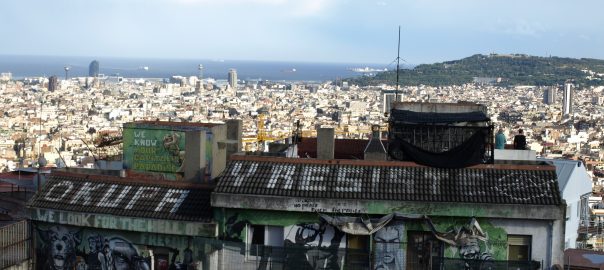
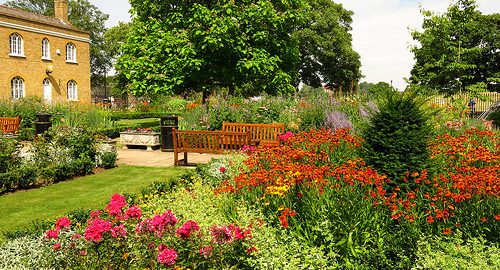
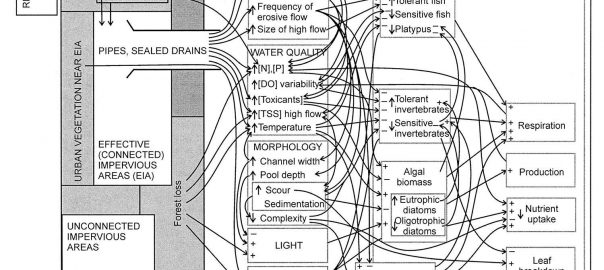
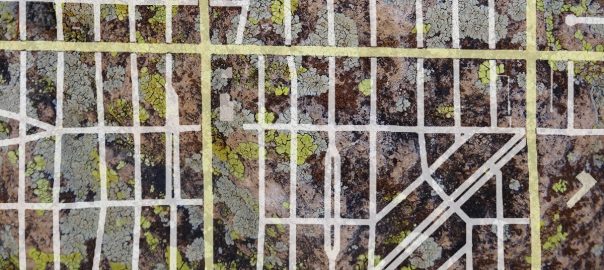
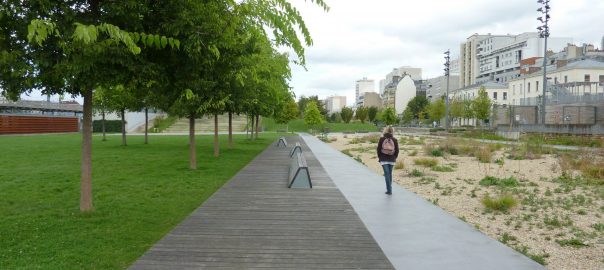
Leave a Reply